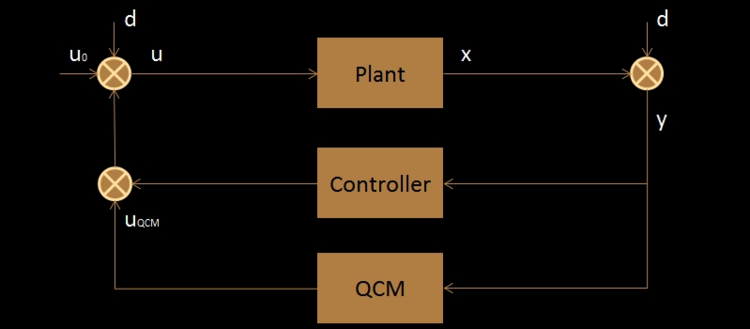Intellectual Property
Dr. Marczyk owns the following Intellectual Property:
SDI Algorithm: SDI (Stochastic Design Improvement) is a method for finding solutions to very large-scale design problems, that would be impossible to solve using classical optimization techniques. The method is a mix of genetic techniques and Monte Carlo simulation and allows one to identify multiple solutions via an inverse approach: the user specifies what performance he seeks, SDI provides which values of the design variables deliver that particular performance. Unlike conventional optimization, the method allows to use very realistic models instead of simplistic response surfaces. The SDI has been developed in 1998.
Eigenvalue Orbits: A novel approach to the problem of characterizing and controlling generic dynamic systems without a-priori knowledge of their structure. The approach stems from the concept of Eingenvalue Orbit, introduced by J. Marczyk in 1999, which provides a new means of viewing the general transient and stability properties of dynamic systems. Eigenvalue Orbits are a generalization of the concept of eigenvalue. The theory of Eigenvalue Orbits has been published in the Journal of Guidance, Control and Dynamics, a peer-reviewed publication of the American Institute of Aeronautics and Astronautics.
Generalized correlation: A novel approach to correlation which takes into account nonlinear aspects of data. The method treats data as images, emulating an expert “looking at it”. Data is analyzed by emulating the brain without the need to build math models. The method has its roots in quantum physics, nonlinear mechanics and biology.
Complexity metric: The first complexity metric for generic systems and the algorithm to compute it has been introduced by Dr. J. Marczyk in 2005. A part of the algorithm has been patented in the USA in 2009. Complexity is defined as a function of the structure of information flow within a system and entropy, which measures disorder as well as information content. Formally, complexity is defined as C = f(S; E), where S reflects structure and E is entropy ('disorder'). Based on this formulation, complexity measures the total amount of structured information in a system. The metric is bounded - the upper bound is known as critical complexity. Marczyk's metric is the first one which combines explicitly structure and entropy and shows that complexity is not just a number; it is an intrinsic property of all dynamical systems and its importance is comparable to that of energy. The formulation is a candidate Fourth Law of Thermodynamics and established the foundations of Artificial Intuition, an advanced form of Artificial Intelligence that does not require learning.
Resistance to Shocks rating: The novel rating mechanism established by Dr. Marczyk has been introduced in his book "A New Theory of Risk and Rating" in 2009. It is applicable to stocks, portfolios, ETFs, bonds, funds, futures, corporations, markets and countries. The rating measures the ability of a system to absorb shocks, turbulence and destabilizing events. Resistance to Shocks is measured based on the complexity of a security, a portfolio, or a corporation, and impacts its sustainability. A key characteristic of the RtS rating scheme is that, contrary to classical Probability-od-Default based ratings, it has been engineered specifically for a turbulent and quickly changing economy.
Artificial Intuition: The fourth generation of AI is ‘artificial intuition,’ which enables computers to identify threats and opportunities without being told what to look for, just as human intuition allows us to make decisions without specifically being instructed on how to do so. QCM - Artificial Intuition - is a new form of Artificial Intelligence that reaches beyond the conventional Machine Learning (ML) approach. The main problem with Machine Learning is that it requires numerous examples in order to recognize and classify patterns. While this works well when it comes to recognizing a face or handwriting, in the case of expensive and complex military hardware it is impractical. The fact is that there are not enough anomalies to learn from. Such anomalies can be hugely expensive and nobody – manufacturers or users – can provide a sufficient number of cases from which to learn. Besides, the number of possible anomalies is immense and it is impossible to define and learn to recognize them.
Complexity-based, or QCM-based Control: the goal of QCM-based control is to use the complexity measure in building a feedback logic, so as to drive coplexity to prescribed values. The novelty lies in using complexity information to establish the controller gains.
Drug property determination via the quantification of complexity. Drug physiochemical properties may be linked to the complexity of the corresponding molecule. Drug complexity may be measured by combining QCM technology and Molecular Dynamics Simulation. Molecular Dynamics simulations provide the positions of each atom over time. The QCM algorithm uses the dynamics and relative positions of the atoms in a molecule to determine its Complexity Landscape and synthesize the molecule’s Complexity Map. QCM Technology has the potential to save drug manufacturers billions of dollars, by helping identify and discard molecules in early stages of drug development.




